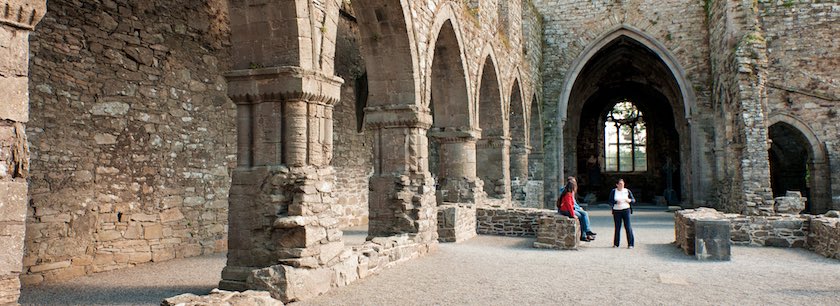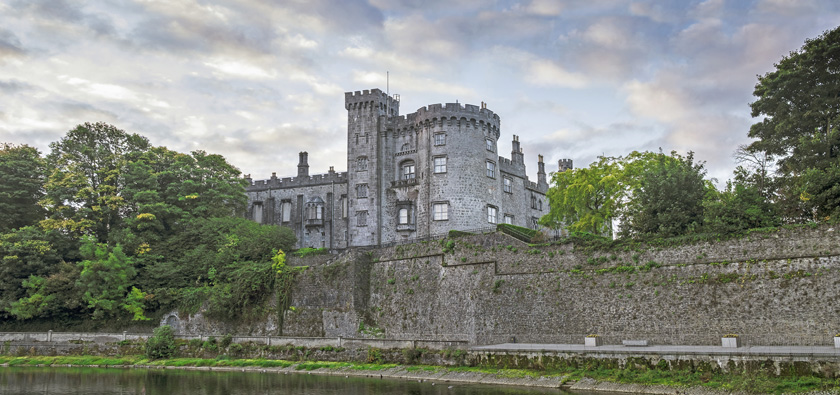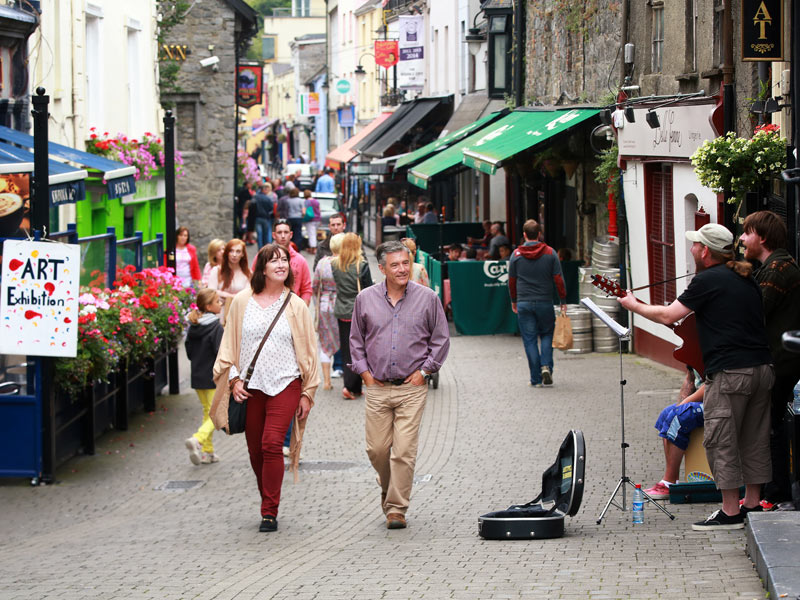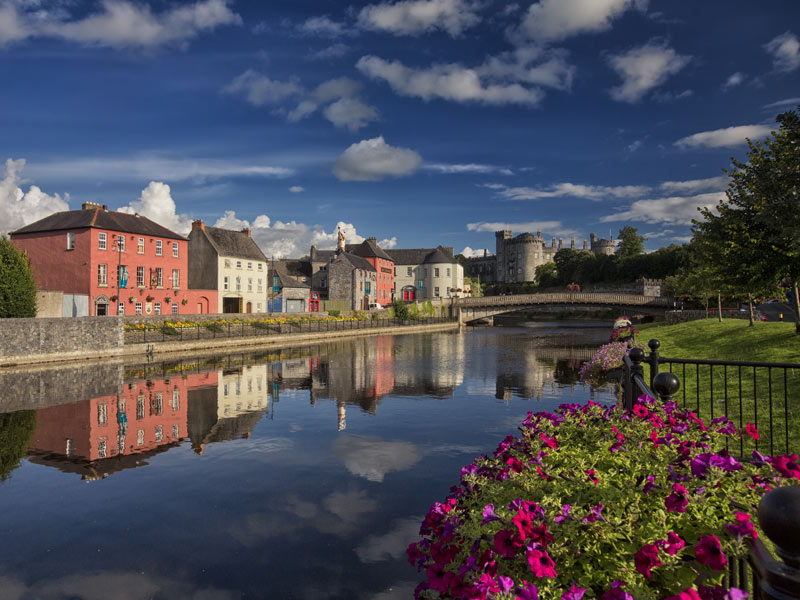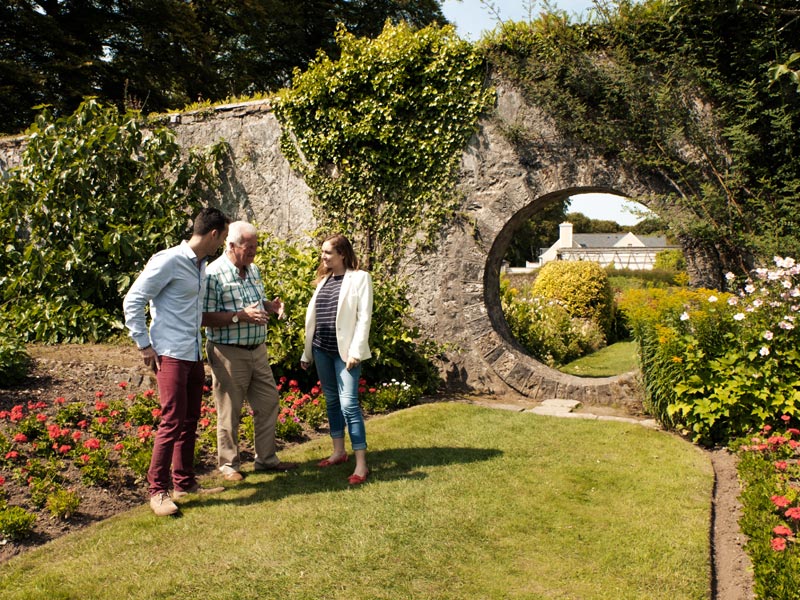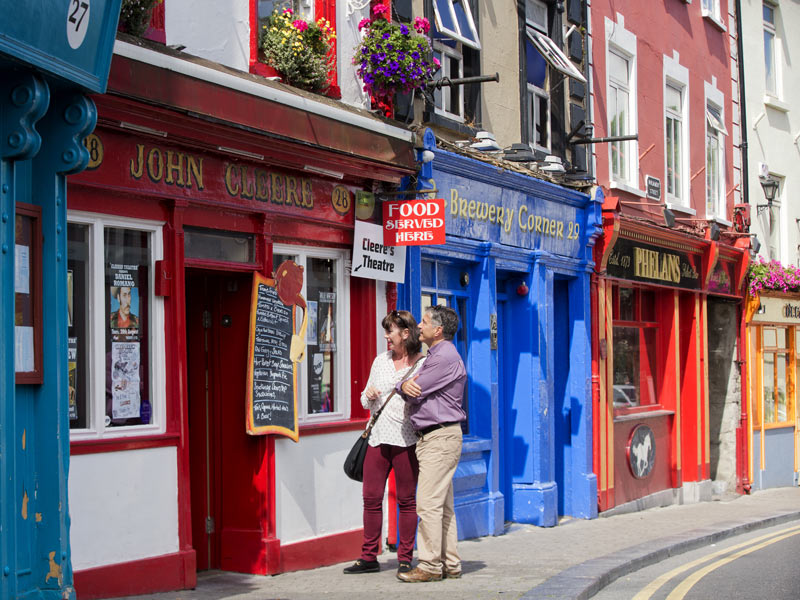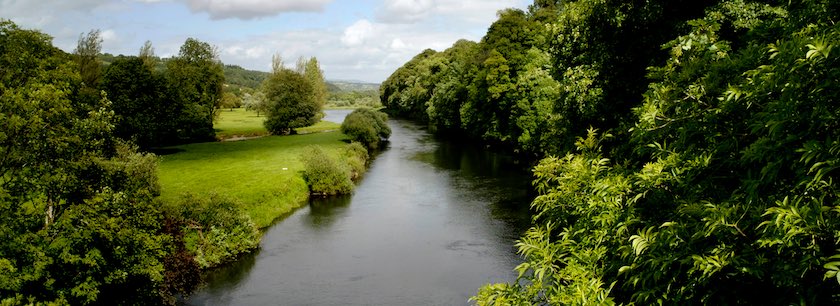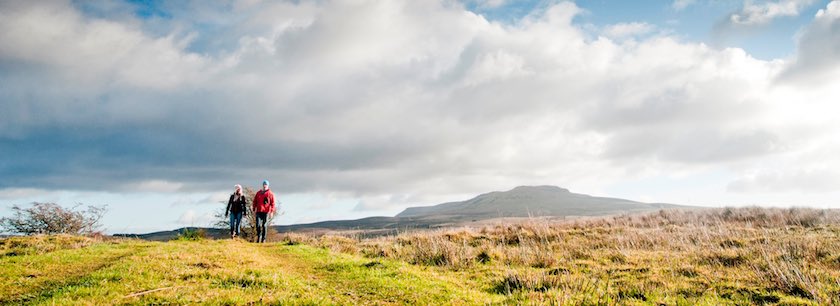The Castle’s Beginnings
The beginnings of Kilkenny Castle dates back as far as the 12th century and although there is no accurate record it is thought that the castle was originally built as a wooden structure. History does, although, know that the original castle was constructed by the famous Norman knight 2nd Earl of Pembroke – Richard de Clare, who most people know as ‘Strongbow.’ His marriage to the Irish princess Aoife cemented Norman rule in Ireland.
The first stone castle on the site was completed in 1260 and would have been a rather basic square-shaped building with classic towers located on each of the four corners of the building – and incredibly, despite hundreds of years passing, three of the original towers survived the passage of time and still stand proudly in the present day Kilkenny Castle.
The Butlers Era
In 1391 the castle was sold to the very wealthy Anglo-Norman Butler family of Ormonde who all originally come to Ireland in 1171 during the first Norman invasion of the country. James Butler was the member of the family that bought Kilkenny Castle and over time he became very powerful and generations of the family ruled the surrounding area for many centuries. Many of the Butler family (James Butler included) were buried not far from Kilkenny City in St Mary Collegiate Church in Gowran – which is around a 15 minutes drive away from the castle.
James Butler’s Castle Remodelling
In 1661 James Butlers remodelled Kilkenny Castle to resemble a modern chateau style which was inspired by his time in France. A new entrance to the castle was also created around the same time, which is the same entrance that you can walk through today. The entrance to the caste is around 300 years old and was started by James Butler, but he never did manage to see the completed entrance as he died before it was finished – his grandson made sure that the entrance was eventually completed in his honour.
Further Kilkenny Castle Restoration
By the eighteenth century the fortunes of the Butler family were failing and as a result the castle was affected. The Butler’s financial failings seeped into the castle and the building had become rather ran down and was not maintained well. Eventually the castle did see some positive restoration when John Butler, 17th Earl of Ormonde, married Anne Wandesford of Castlecomer who brought some wealth back into the family. With this newly-found wealth, the castle saw some restoration in an attempt to restore this run down castle to its former glory.
Continued riches allowed the Butler family to further add restoration efforts to the caste, in the nineteenth century there was an attempt to restore the castle to its original medieval design. During this time the north wing of the castle was rebuilt and the south curtain wall was extended before more extensions were added in 1854.
Kilkenny Castle in The Twentieth Century
After the deaths of a number Butler family members and the Irish Civil War, Kilkenny Castle, once so full of life, saw itself in a state abandonment. In 1967 Lord Ormonde decided to sell the castle to the Castle Restoration Committee for just £50 because he felt a sense of pride with the castle and did not want it to deteriorate any further. He is famously quoted as saying:
“The people of Kilkenny, as well as myself and my family, feel a great pride in the Castle, and we have not liked to see this deterioration. We determined that it should not be allowed to fall into ruins. There are already too many ruins in Ireland.”
To mark the occasion, a handover ceremony took place in Kilkenny where even famous rock and songwriter legends Mick Jagger and Marianne Faithfull turned up to celebrate Kilkenny Castle’s newfound life!
Remains of an Earlier Castle
It seems that the history of the castle in the area goes back further than was initially thought – this is as a result of excavations and building surveys that took place during the 1990s. Around this time period, remnants of an earlier castle were discovered – a side entrance to an old castle was found and also a part of a ditch was uncovered which is visible and you can see it if you are visiting Kilkenny Castle.
